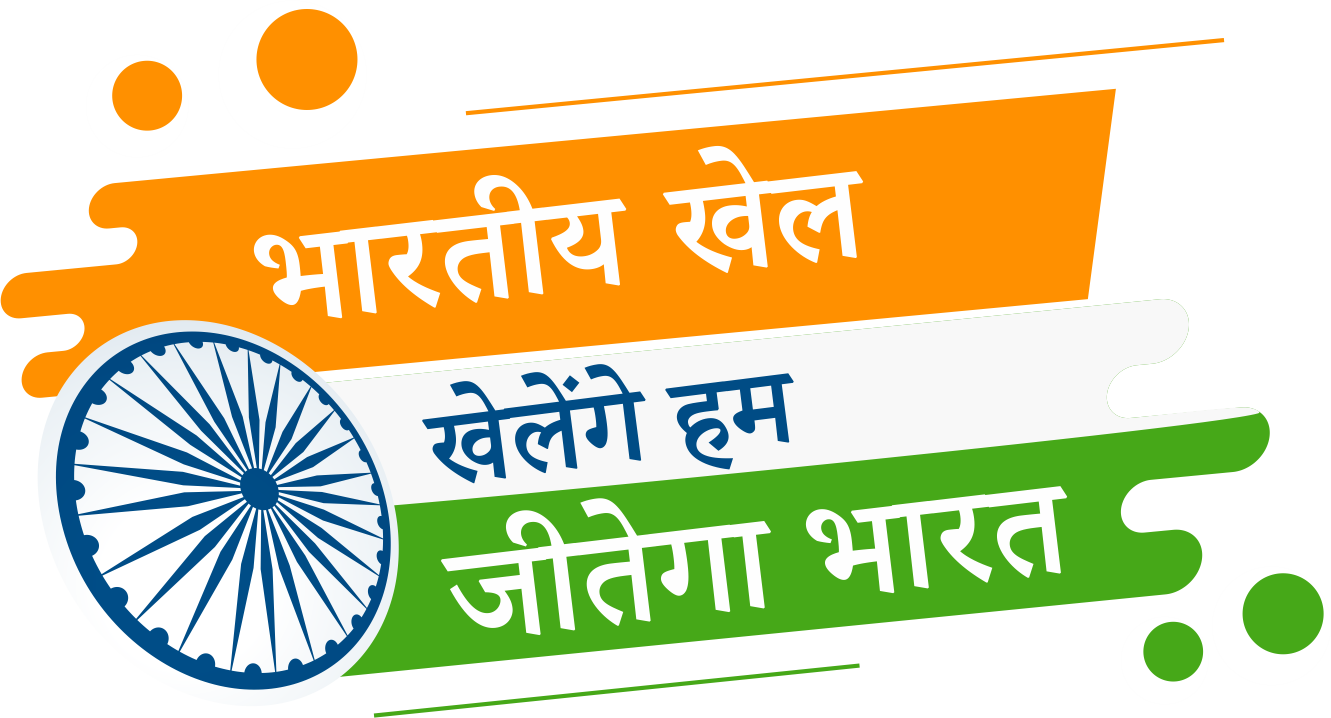Chaki badi
Introduction
Chaki Badi is one of the oldest games in parts of Odisha, popular among the Juang tribe. It is played by hitting a chaki (circular shape, cut from used slippers) with a wooden stick called the chakibadi.
It is a fun game where players (usually comprising both children and adults) are divided into two teams of seven to nine players each. The matches are played in a rectangular field measuring about 100 sq ft with the boundary demarcated by bamboo sticks at the four corners, similar to a football field.
ChakiKhela originated among Santalisin Mayurbhanj district.It later caught the fancy of the tribal communities—including Mundas, Dehuris and Mahantas—in Keonjhar and Dhenkanal districts.
Chaki Khela is a traditional game played by the Juang tribe of Odisha, using a chaki—a circular rubber disc cut from old slippers or rubber sheets. This game is simple and resourceful, showcasing the creativity and cultural heritage of the tribe. Here’s a guide to how it is played:
Game Setup
- Players: The game typically involves 14 to 18 players, often forming two teams.
- Equipment:
Chaki: A circular rubber disc, usually made from the sole of a slipper or other rubber material.
Playing Area: A flat, open space is required, such as a village ground measuring 100 sq feet. divided into two courts by a midline.
Rules and Gameplay
- Objective:
The primary goal is to toss or roll the chaki accurately at a target , to a designated area.
Alternatively, it may involve passing the chaki among players while evading opponents.
The matches are played in a field measuring 100 square feet with the boundary demarcated by bamboo sticks at the four corners, striking a similarity with a football field. Each match has duration of 20 minutes with an interval of five minutes.
The team winning the toss flags off the match by hitting the chaki placed at the middle of a line in the centre of the field. A player holding the chakibadi,which is a little higher than his waist, hits the chaki. The strike ought to be savagely forceful and sharply skilful so as to make the chaki should cross the boundary and fetch points for his team.
scoring
If the ball swings in the air and crosses over the boundary, theplayer scores six points for his team. If it rolls along the ground through the area of the rival team to cross the boundary, it is counted as four points.
When a player hits the chaki and it enters his team’s area before crossing over the boundary, the opponent team earns two points as bonus. If the chakibadi slips off the hands of a player, the other team wins four points. If the chaki touches the striker’s body, the other team gets a free hit. A row of chakiis kept in reserve in case the chaki in the game gets lost after being hit.
.
- Starting the Game:
Players decide the order through a toss or a simple counting method.
The game starts with one team or individual tossing the chaki toward a target.
- Basic Moves:
Tossing/Throwing: Players aim to strike a target (e.g., a pole, stone, or marked area) using the chaki.
Dodging and Blocking: Opponents may try to intercept or block the disc.
Passing: In some variations, the chaki is passed between teammates while opponents attempt to snatch it.
- Winning:
Points are scored for successfully hitting the target or achieving the objective set for the game.
The team or individual with the most points at the end wins.
Variations
Target-Based Play: Players aim at fixed targets, such as stacked stones or wooden blocks, and compete to knock them down.
Chaki Chase: Players compete to retrieve the chaki while opponents try to block or tag them.
Relay Passing: Teams pass the chaki back and forth while racing to complete a circuit.
Cultural and Recreational Importance
- Eco-Friendly: The use of discarded rubber materials reflects the tribe’s resourcefulness and sustainable practices.
- Community Bonding: Chaki Khela fosters camaraderie and teamwork, often played during gatherings and festivals.
- Skill Development: The game enhances hand-eye coordination, agility, and precision.
Key Takeaway
Chaki Khela is a fun, inventive, and culturally significant game that showcases the Juang tribe’s creativity and connection to their traditions. It is an excellent example of how traditional games adapt to available resources while providing recreation and community bonding.
Watch the game here: https://www.youtube.com/watch?v=U8yEVxflxq4
Address
Bharatiya Khel
Indian Knowledge Systems (IKS) Division
Ministry of Education (MoE),
Government of India,
Our office is located in
All India Council for Technical Education (AICTE)
Nelson Mandela Marg,
Vasant Kunj,
New Delhi-110070

